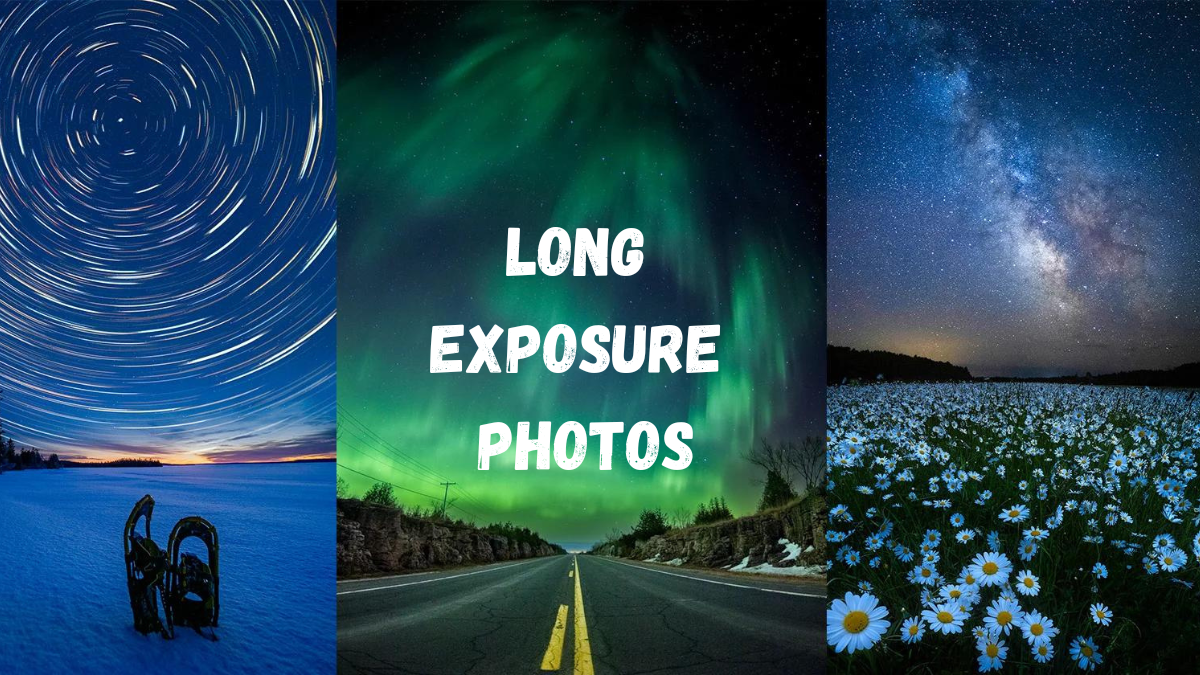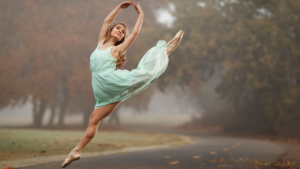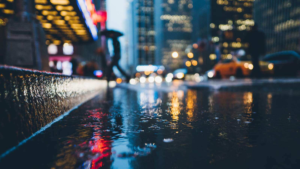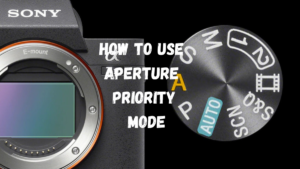Long exposure photography is an exciting technique that allows you to transform ordinary scenes into enchanting works of art. Whether capturing the movement of flowing water, streaks of light or a starry sky, long exposure photography offers a unique and creative way to show the passage of time. In this guide, I’ll walk you step-by-step on how to take exciting long exposure photos, from equipment settings to post-processing techniques.
1.Understanding long exposure photography
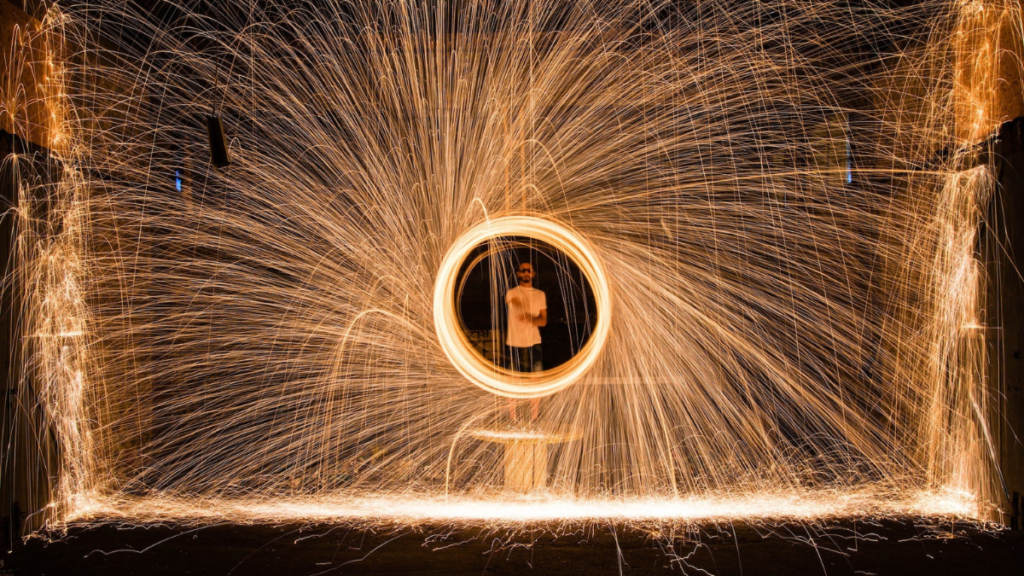
Long exposure photography uses a long shutter speed to capture movement over a long period of time. By letting more light into the camera’s sensor, this technology creates amazing effects that cannot be seen with the naked eye.
2.Choosing the right hardware
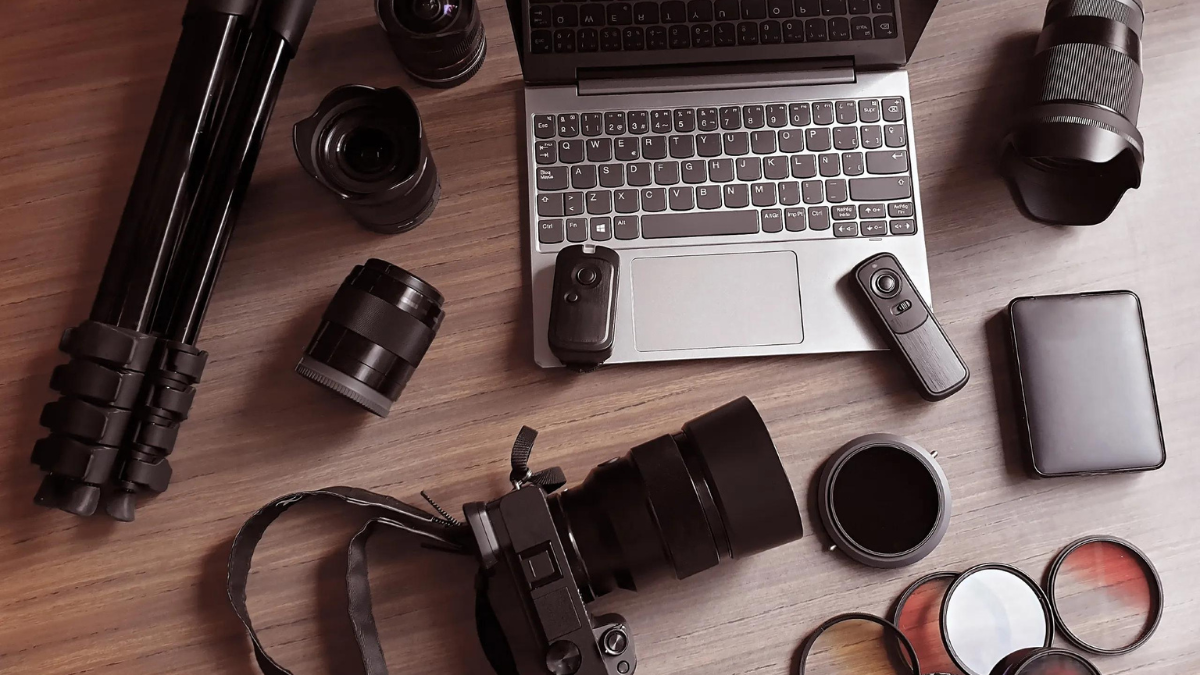
To get started with long exposures, you’ll need some essential equipment:
Camera with manual mode: Make sure your camera allows manual control of settings such as shutter speed, aperture and ISO. This gives you the creative freedom you need for long exposures.
A sturdy tripod: A tripod is essential for keeping the camera steady during long exposure shots. This prevents unwanted blur caused by camera shake.
Remote shutter release: Using a remote control or the camera’s built-in timer minimizes camera shake when you press the shutter button. Neutral Density (ND) Filters: ND filters reduce the amount of light entering the camera, allowing you to use longer shutter speeds even in bright conditions.
3.Preparing for success
Find the right place
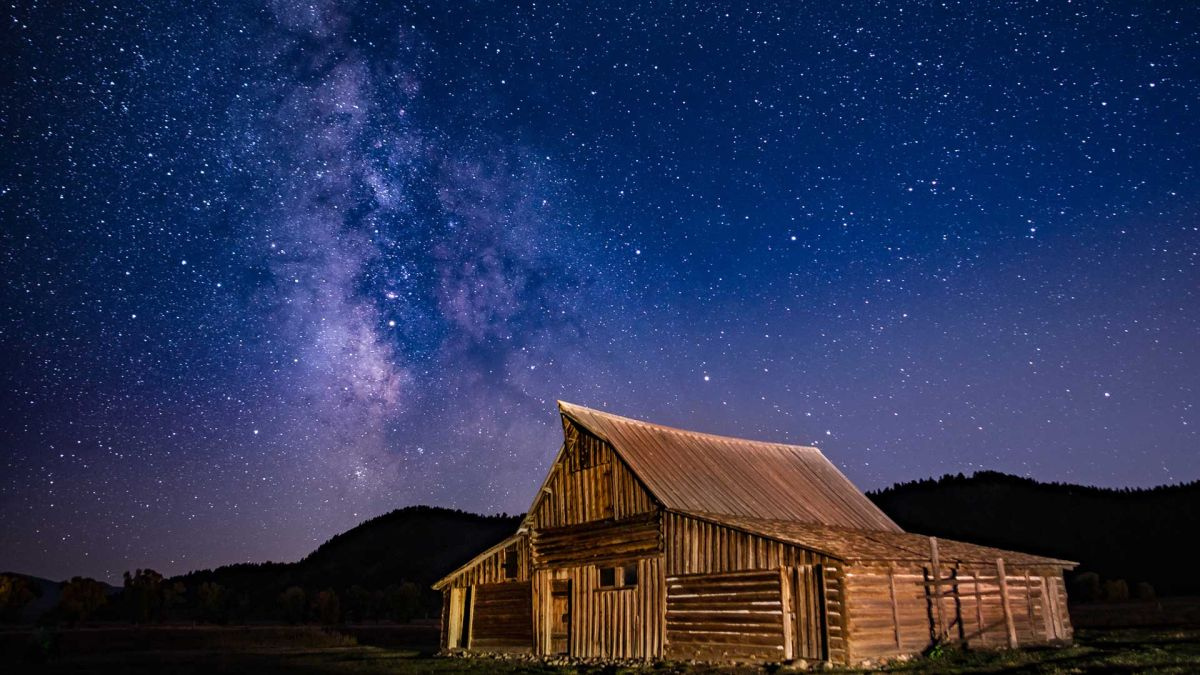
Choose a location that offers interesting subjects for long exposure shots. Scenes with moving elements, such as waterfalls, traffic or waves crashing on the shore, make long exposures attractive.
Weather and lighting conditions
Shoot during the golden hours of sunrise or sunset for soft, warm lighting that enhances the mood of your photos. Cloudy days can also work well, as the diffused light reduces sharp contrasts.
4.Camera settings
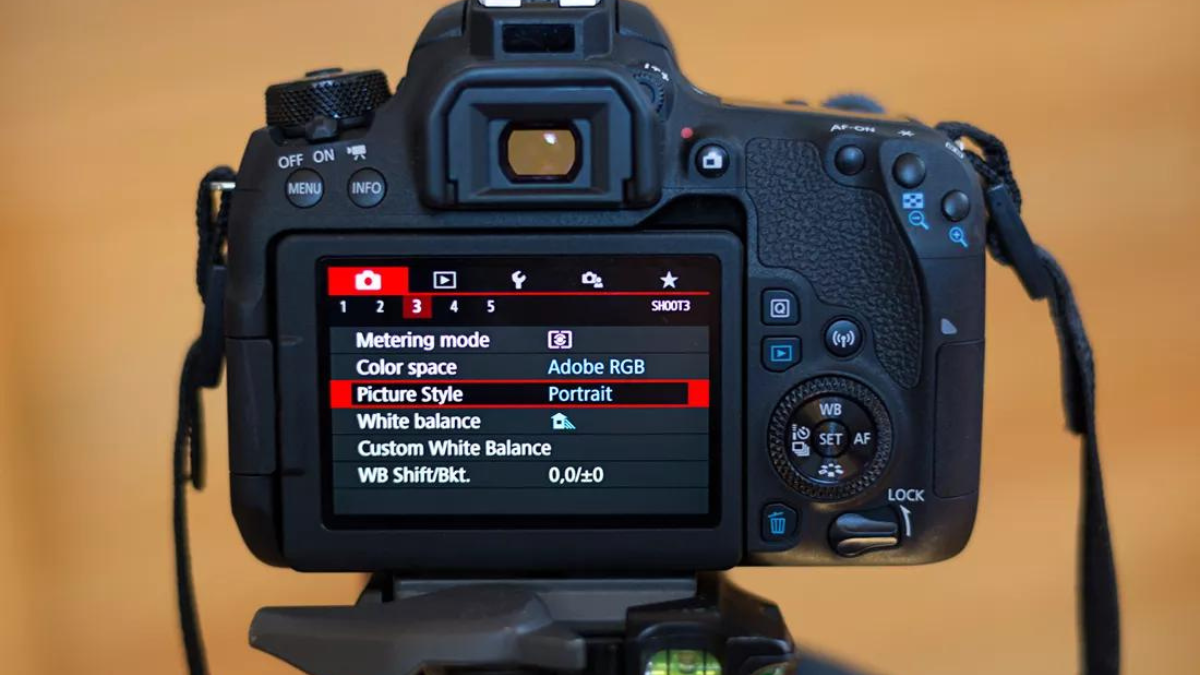
Manual mode: Switch the camera to manual mode for full control of settings.
Low ISO: Use a low ISO setting (eg ISO 100) to preserve image quality and reduce noise.
Aperture Selection: Choose a narrow aperture (higher f-number, such as f/8 to f/16) to create a wider depth of field.
Focus and image stabilization: Turn off autofocus and image stabilization, as these features can cause long exposure images to be out of focus.
Attaching an ND filter: When shooting in daylight, attach an appropriate ND filter to reduce exposure. Shutter: Set the desired shutter speed according to the desired effect. Longer shutter speeds, such as 10-30 seconds, create smoother motion, while very long shutter speeds (several minutes) create surreal effects.
5.Composition and framing
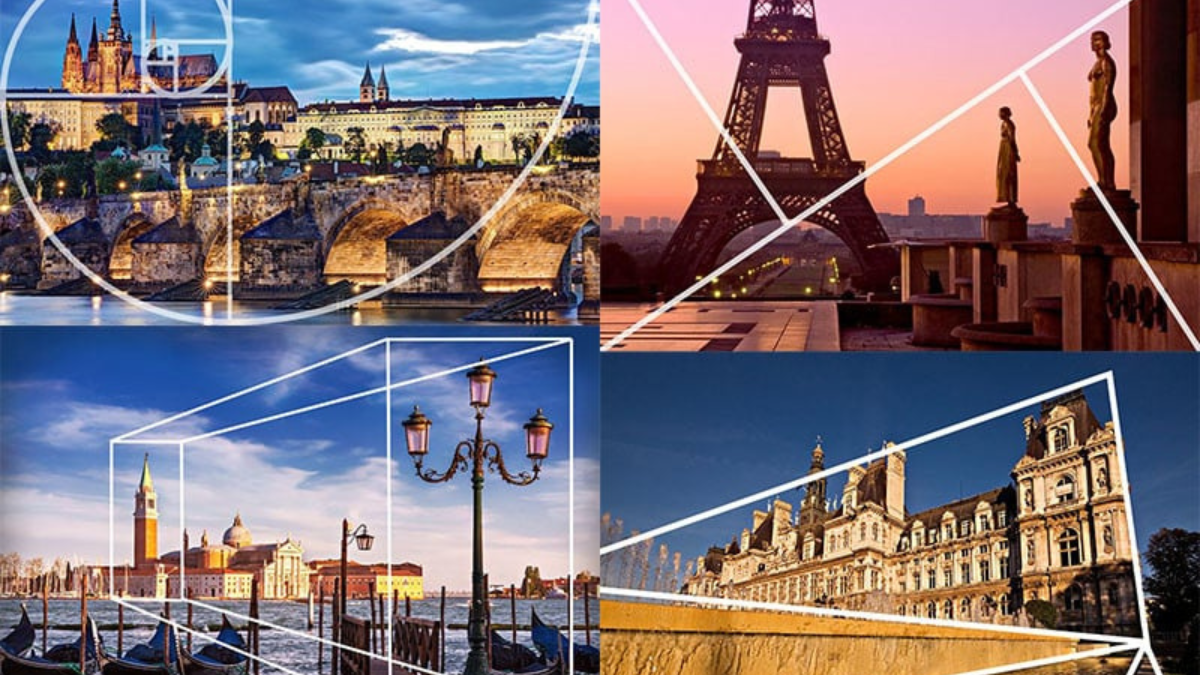
The rule of thirds
Compose the image according to the rule of thirds – divide the frame into a 3×3 grid and place the main elements on the lines or their intersections.
Guidelines Include leading lines – natural or architectural features that guide the viewer’s eye through the image.
Interest in the foreground Include an immersive foreground element that adds depth and engages the viewer. Taking a long exposure shot
6.Using the remote control
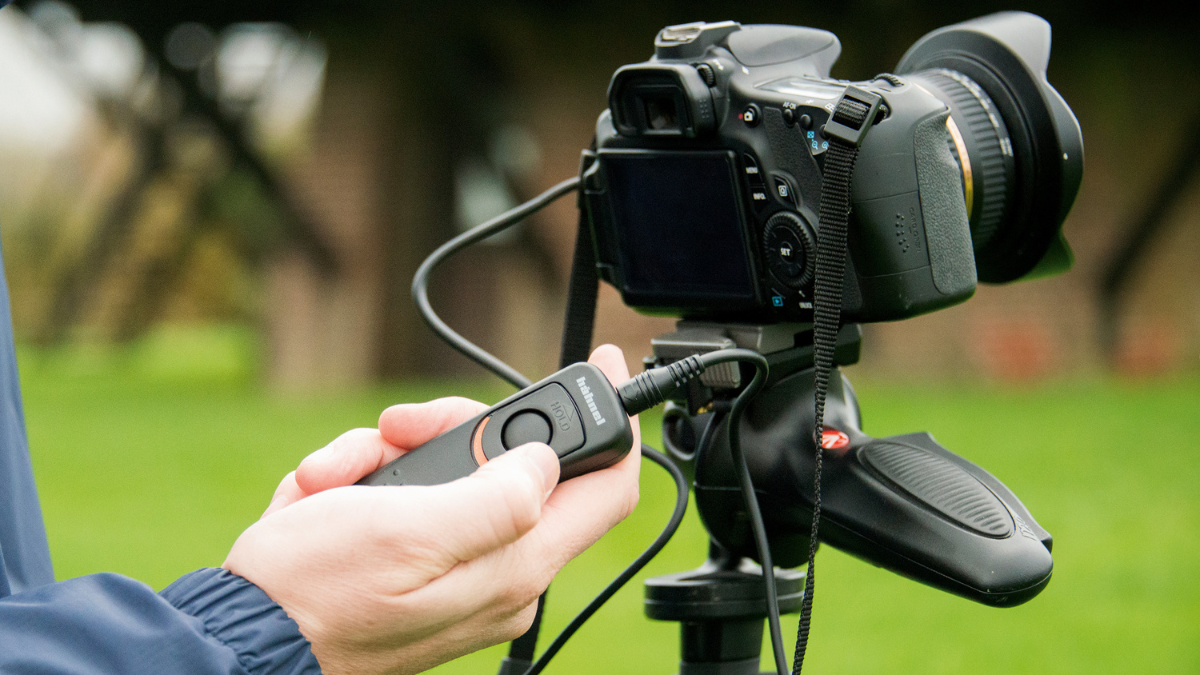
With the camera firmly attached to the tripod, release the shutter with the remote control or timer without touching the camera.
Next time Carefully monitor your exposure to achieve the desired effect. Longer exposures capture more movement, while shorter exposures retain some detail.
Post-processing for perfection
Importing images
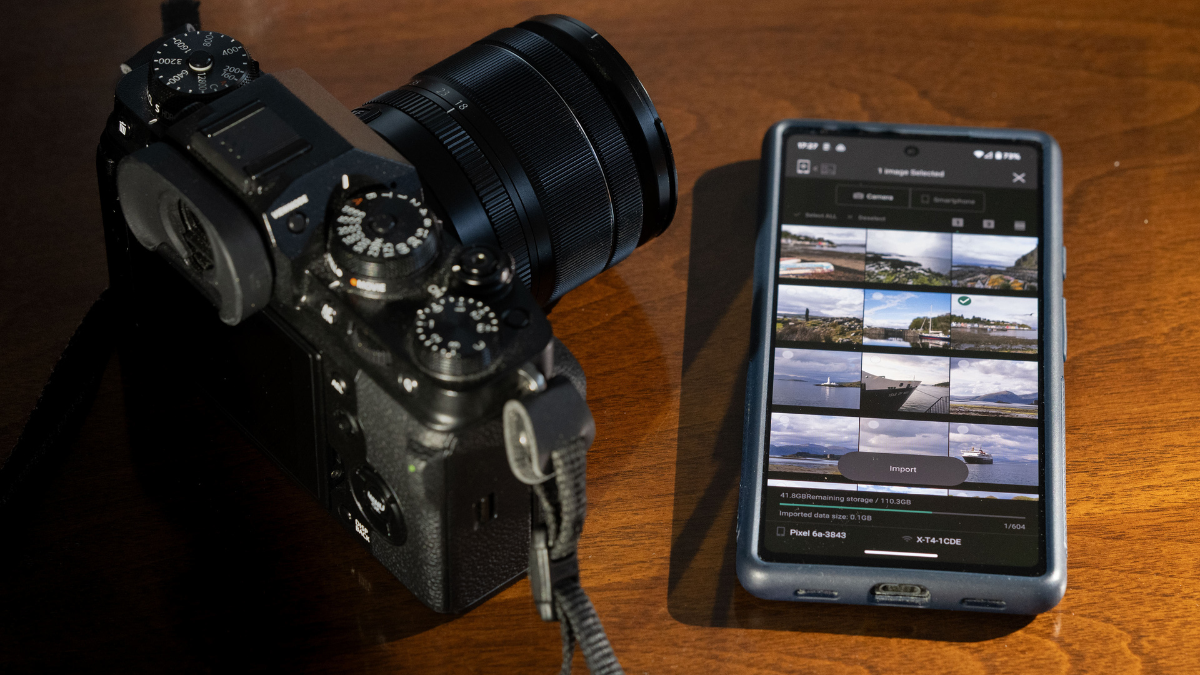
Transfer the images to your computer and choose the ones that stand out from the rest.
Basic settings
Make small adjustments to exposure, contrast and saturation to improve the overall appeal of the image.
Use noise reduction tools to combat the digital noise that longer exposures can create.
Conclusion
Mastering the art of long exposure photography takes practice and patience, but the results are sure to be rewarding. By following the steps in this guide, you’ll have a good chance of taking great long exposure photos that show the beauty of movement and time. Remember that every long exposure shot is a unique blend of creativity, technology and the wonders of the world around us. So grab your camera, go to your favourite place and start capturing mesmerizing moments that will horrify your viewers.
FAQs
1. What is long exposure photography, and how does it work?
– Long exposure photography involves using a slow shutter speed to capture the movement of elements over time, resulting in unique, ethereal effects.
2. What equipment do I need to get started with long exposure photography?
– Essential gear includes a camera with manual settings, a sturdy tripod, remote shutter release, and ND filters to control light and movement.
3. What are the best settings for long exposure photography, and how do I choose them?
– Optimal settings depend on your creative vision, but typically involve low ISO, narrow aperture (e.g., f/8 to f/16), and a customized shutter speed for desired motion effects.
4. How can I improve the composition of my long exposure shots?
– Enhance composition by following the rule of thirds, incorporating leading lines, and adding an engaging foreground element for depth and visual interest.
5. What post-processing techniques can I use to enhance my long exposure photos?
– Import images to your computer, make minor adjustments to exposure and contrast, and use noise reduction tools to refine the final image quality.
Extra References
Certainly, here are the references with their corresponding website links:
1. “The Ultimate Guide to Long Exposure Photography” – B&H Photo
2. “Long Exposure Photography: The Ultimate Guide“
3. “Mastering Long Exposure Photography: 6 Tips and Tricks”
4. “Post-Processing Long Exposure Photography”
5. “The Art of Long Exposure Photography”
6. “Long Exposure Photography: A Step-By-Step Guide”

